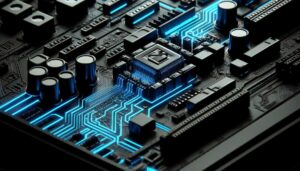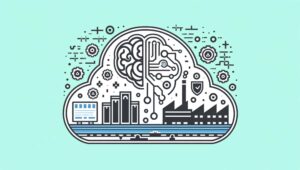Computer vision, which is considered a superb technology because it magnificently merges artificial intelligence (AI) with image processing, makes it possible for computers to interpret and comprehend visual data. It constitutes the process by which tools and models are applied to generate correct output from the analysis of images or video data. The world of AI is where computer vision is one of the most important elements in learning machines see and understand the environment in which they are. Through the emulation of human seeing skills, computer vision capacities help computers to identify objects, notice specific patterns, and come up with intelligent and wise conclusions following videos or photos cognizing.
Understanding the concept of computer vision
Basically, computer vision is aimed at mimicking how a human being sees and thinks. It entails the construction of techniques and algorithms, which enable machines to analyze and understand visual information just like the brain does. These activities include object detection and scene understanding, image segmentation In addition to that, image recognition is part of this process. Through this technology, AI systems can recognize images analyze them accordingly thus opening up endless possibilities in different industries.
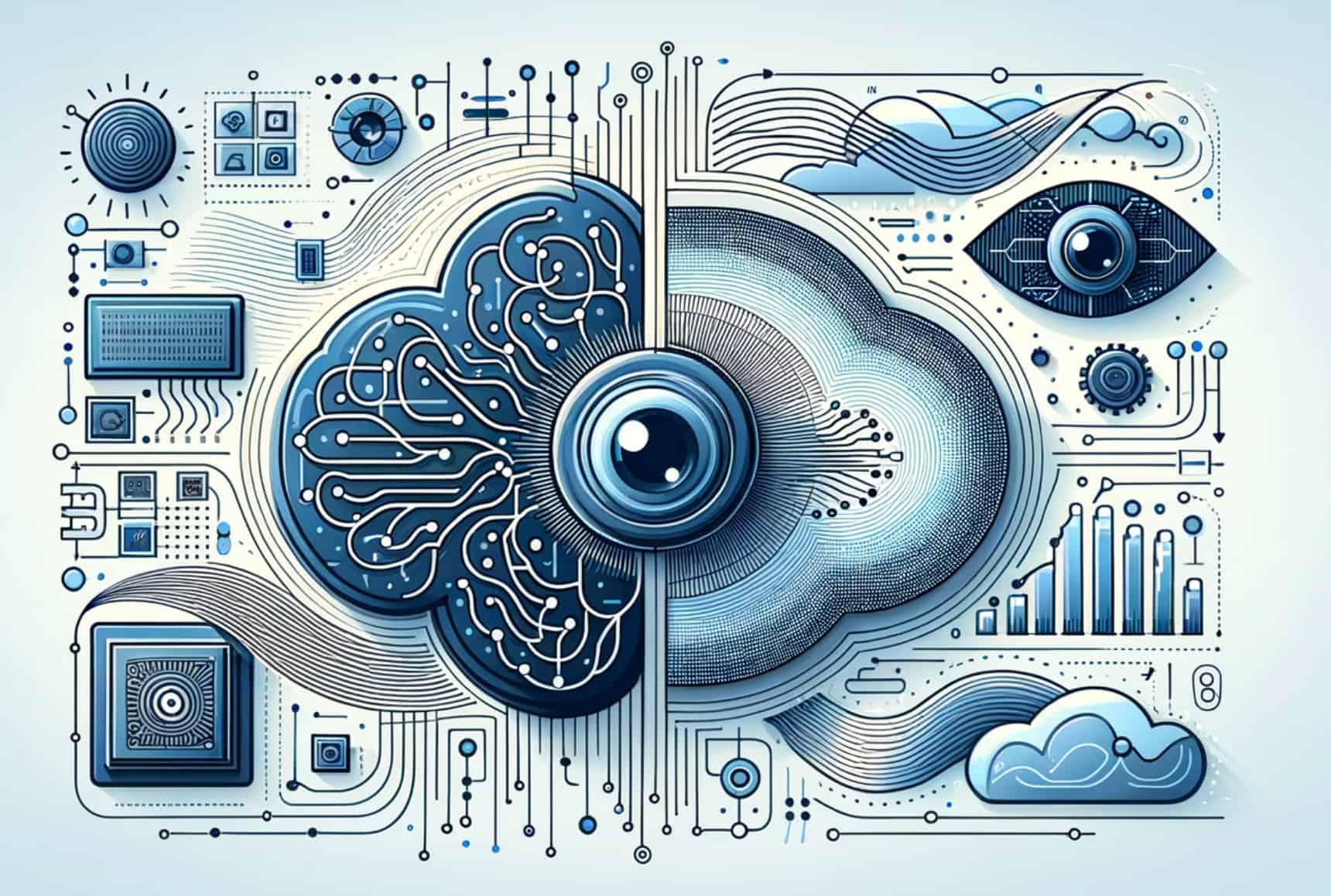
Artificial intelligence and the role of computer vision
The domain of AI has been dramatically impacted by computer vision. By embedding computer vision into AI systems, machines can sense their environment, recognize relevant data and act based on visual signals. Visual data is quite abundant in healthcare, manufacturing, transportation and retail industries that benefit greatly from this technology.
How does computer vision work?
Computer vision systems are composed of different parts both hardware and software that process visual data. Steps involved in processing include; capturing or acquiring images or video data through cameras or other sensors, preprocessing the captured data to improve its quality and eliminate noise, applying feature extraction techniques to identify meaningful patterns and structures within the data, using machine learning algorithms for object/scene classification and performing specific tasks and output generation including object labels, bounding boxes among others.
Computer Vision Tasks
| Task | Description |
|---|---|
| Object Detection | Identifying and locating objects within images or videos. |
| Scene Understanding | Analyzing the overall content and context of a scene in an image or video. |
| Image Segmentation | Dividing an image into different segments based on object boundaries or other criteria. |
| Image Recognition | Classifying images based on their content (e.g., identifying a cat in a picture). |
Processing Steps
| Step | Description |
|---|---|
| Capturing/Acquiring Data | Gathering images or video data using cameras or other sensors. |
| Preprocessing | Enhancing image quality and removing noise. |
| Feature Extraction | Identifying key features and patterns within the data. |
| Machine Learning Algorithms | Utilizing algorithms like object classification or scene recognition. |
| Output Generation | Producing results such as object labels or bounding boxes. |
Using computer vision in AI has both its advantages and challenges.
The fusion of AI with computer vision offers many advantages. It allows machines to process and understand visual data which widens the scope of applications for artificial intelligence. Computer vision can enhance efficiency, accuracy, and productivity across diverse sectors leading to cost savings as well as better decision making. Nevertheless, there are also downsides associated with this technology. First, visual data is complex; thus, it requires huge amounts of training datasets along with substantial computation resources. In addition to this, ethical issues and privacy concerns arise when dealing with visual data. Overcoming these challenges is vital for successful integration and implementation of computer vision in AI systems.
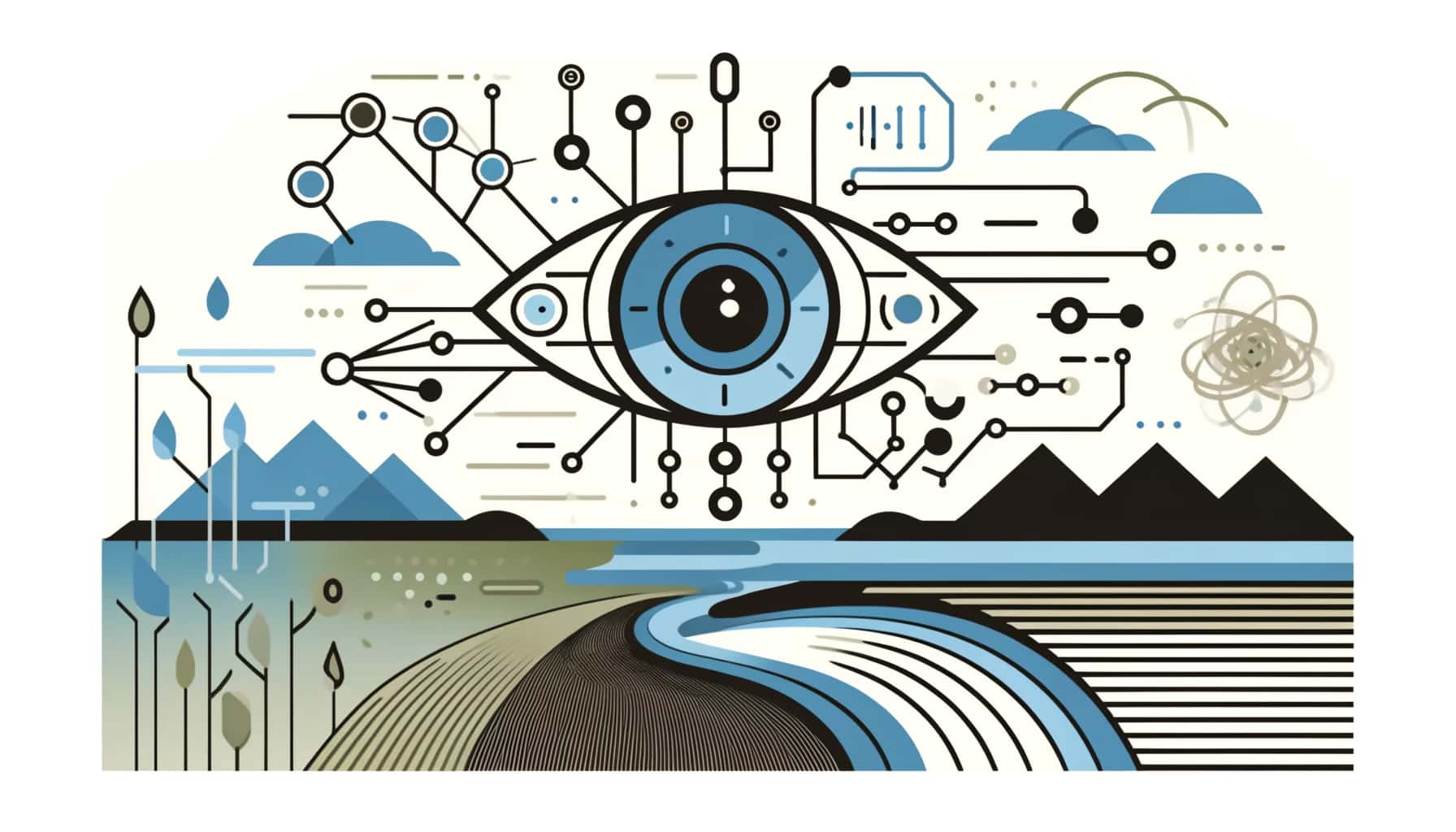
Prospects for the future of computer vision in AI
The future prospects for computer vision in AI are very bright. As technology progresses further, computer vision algorithms will become more advanced enabling them to have a deeper understanding of visual information by machines used by them. Substantial progressions can be expected in object recognition, image understanding as well as scene understanding among others other areas. Moreover, the combination of other artificial intelligence technologies like natural language processing and robotics will expand even wider the abilities of AI thanks to computer vision integration .
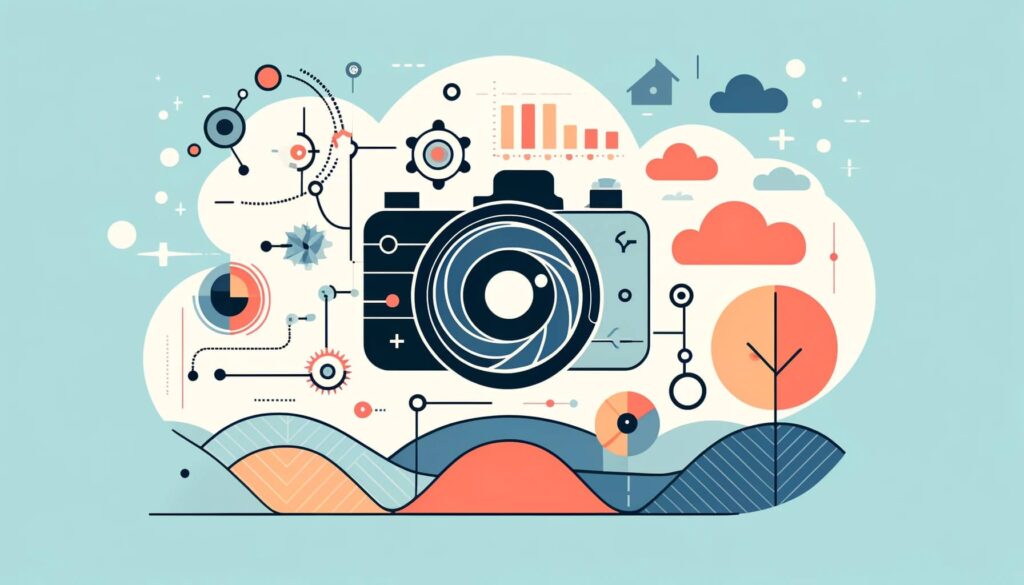
Computer Vision Tools and Techniques
When it comes to visual information processing and analysis, computer vision makes use of diverse varieties of tools and technologies. Among them are deep learning frameworks like TensorFlow, PyTorch that come with libraries and APIs for building and training computer vision models. OpenCV is also a widely-used computer vision library which provides various functions as well as algorithms for image processing and analysis. Other such tools used include MATLAB, scikit-image, Caffe among others during research or development in the field of Computer Vision. Availability of these tools has simplified the process of coming up with Computer Vision solutions by researchers, engineers, developers among others.
Concluding paragraph
In artificial intelligence, computer vision is a powerful discipline capable of enabling machines perceive and interpret visual data. Machine vision mimics human perception and cognition; hence machines can now see images/videos, identify objects as well as make intelligent decisions using this medium. The applications for the use of machine vision are enormous and broad since they cut across fields such as healthcare manufacturing logistics retailing supply chains etc. Despite some obstacles still being there in line waiting to be cleared the future seems really bright for AI’s computer vision future prospects to be realized.

